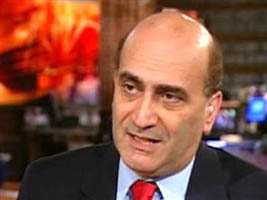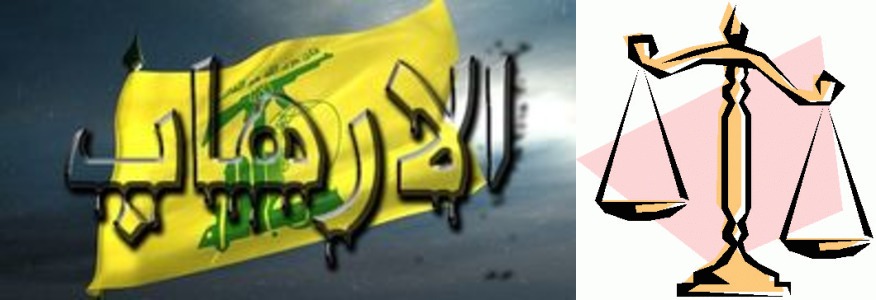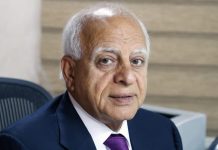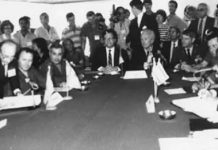
Syria, between diplomats and reality
Dr.Walid Phares/Face Book/August 11/15
Many are hopeful the Ministers of Foreign Affairs of Saudi Arabia, Russia and the US are one or two inches away from producing a deal on ending the war and creating an interim Government, then going to elections. That’s at the table of diplomats between a gin tonic and a phone call. Reality on the ground is deeply different. What could have worked in March-May 2011, and we’ve called for it then, won’t work in September-October 2015, or beyond. The smaller size Lebanon past conflict provides clear lessons. Cease fires followed by unity Government without a force on the ground to implement them, won’t take off. It will have to take a significant force, greater than the forces in the two or three camps, to deter and pacify. Is there one? We don’t see whose military power yet. Arrangements to have an exit for Assad, yes very easy, but the conflict has gone so massively bloody, that Assad’s exit alone won’t settle it. A cease fire between all factions with the exception of Daesh-ISIS and endless shuttling diplomacy to restore electricity and bread distribution, possible. But the ground military and security realities are so inextricable that diplomats’ settlements at this point can’t resolve quickly.
We’ve warned again…
Dr. Walid Phares
Quickest pre “Deal” booklet on the “Iranian regime threat”
For a quick and easy, but strategic read on the “Iranian Regime Threat” before the signing of the “deal” in July 2015, we suggest you download the following EBook. Another Walid Phares prediction made in July 2014, one year before the signing of the “Deal” in July 2015. “We’ve warned again” It’s one click away!
“Iran: Regional Threat and Strategic Responses”
A thorough and factual analysis of the most recent developments in Iraq in the context of the broader crisis in the Middle East. The author, relying on his in-depth understanding of the region identifies Iran under the Ayatollahs as the most serious threat for the region.
The ongoing crises in the Middle East, from Iraq to Gaza, and the destabilization of the Levant, the Arabian Peninsula and parts of North Africa are in large part created by the Islamic Republic of Iran.
Tehran has meddled in its neighbor’s affairs through the backing of terror networks. It has also seized a number of significant opportunities over the past five years to expand its military influence in the region, destabilize moderate Arab states, intervene in Syria, arm and train Hezbollah in Lebanon, threaten Bahrain, and back the Hawthi insurgents in northern Yemen. Tehran’s most destructive role can be most clearly distinguished in Iraq. On the issue of current developments in Iraq the author address the following issues:
• What are the causes of the recent crisis in Iraq?
• What is the solution to the crisis and to confront ISIS?
• Can Iran be part of a potential solution to the Iraqi crisis? On the broader scope the author addresses the following issues:
1. The first section will remind the reader of the historic ideological and political roots of the present Iranian regime and underline that its original goals and its final objectives have not changed—and that the regime’s central nerve power has kept up a relentless march towards these goals.
2. The paper will then examine the Iranian involvement in Syria’s civil war and the destructive role it has been playing since 2011. This will be followed by the Iranian meddling in Iraq and the suppressive campaign against Iran’s exiled opposition in that country.
3. The paper will analyze the Iranian obstruction of solutions in Syria and Iraq along with the support Tehran is providing to terror forces in both countries before discussing the role of Iranian-backed Hezbollah in Lebanon.
4. Discussing the Iranian opposition as the strategic Achilles’ heel of the Iranian regime 5. Last will come a discussion of the misguided U.S. policy on Syria and Iraq, particularly that, under the pretext the government will confront al Qaeda, Assad is allowed to continue with his genocide and Maliki is allowed to perform the bidding of Iran. Having discussed the above issues in details, the author make the following recommendations to the US Government:
1) On the “nuclear deal”: This agreement was not reviewed or voted on by the U.S. Congress—in contrast with the U.S. decision regarding striking Assad based on chemical weapon use (which Congress did vote on). We recommend the administration send the agreement, even after having committed to execute the accords with Tehran, back to the U.S. Congress for a vote to authorize it, modify it or even cancel it if U.S.
National interests suggest so. Other recommendations and strategies include:
2) Maintaining the current sanctions on the regime and focusing their implementation particularly on the regime’s elite and their associates;
3) Introducing a bill in Congress to slate foreign aid to the Iranian opposition institutions, those in exile and civil society underground groups inside Iran, with a particular focus on political recognition of the national Iranian resistance to mobilize the Iranian people, with the goal of pressuring the regime to cease its oppression and accept the principle of a referendum on the future of the country;
4) Restructuring U.S. policy’s main objective on Iran to focus on regime change by peaceful means and via coherent and systematic support to the Iranian opposition; 5) Inviting leaders of the Iranian resistance and opposition movements to the White House and the U.S. Congress to elevate their international visibility and grant them moral and political support.
One year ago, but the warning wasn’t heeded





















